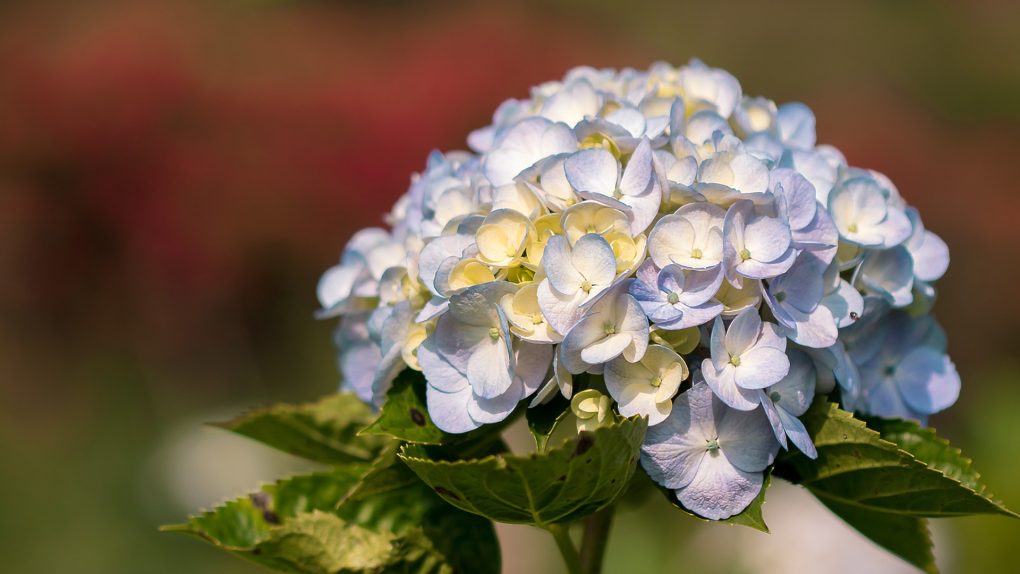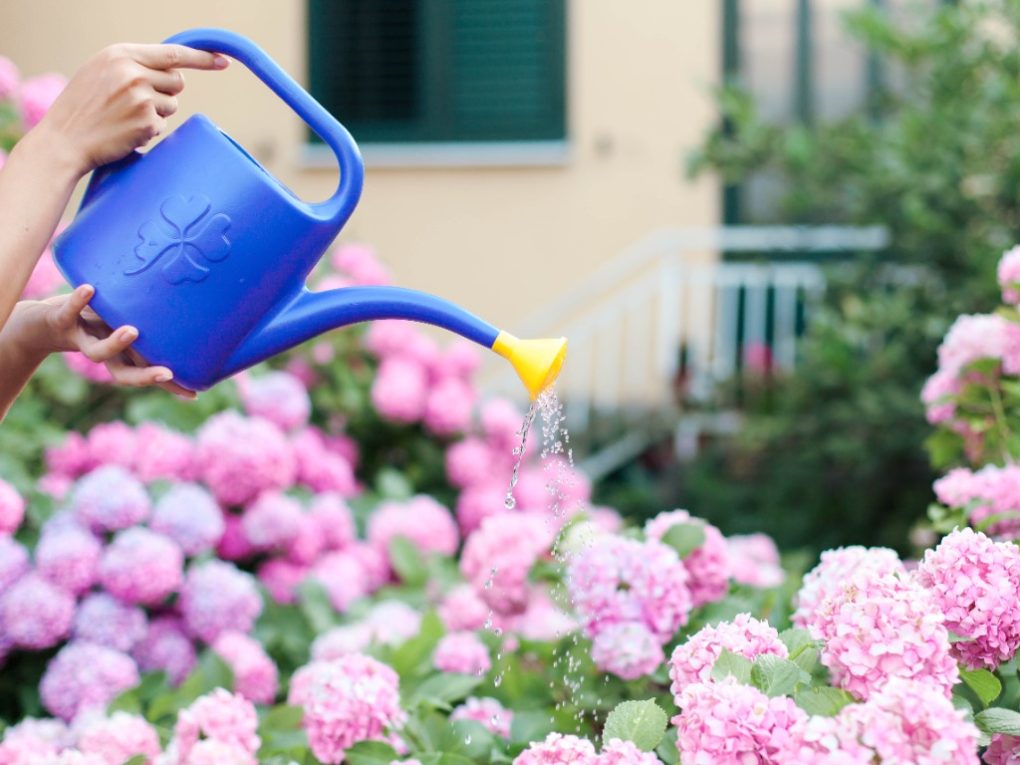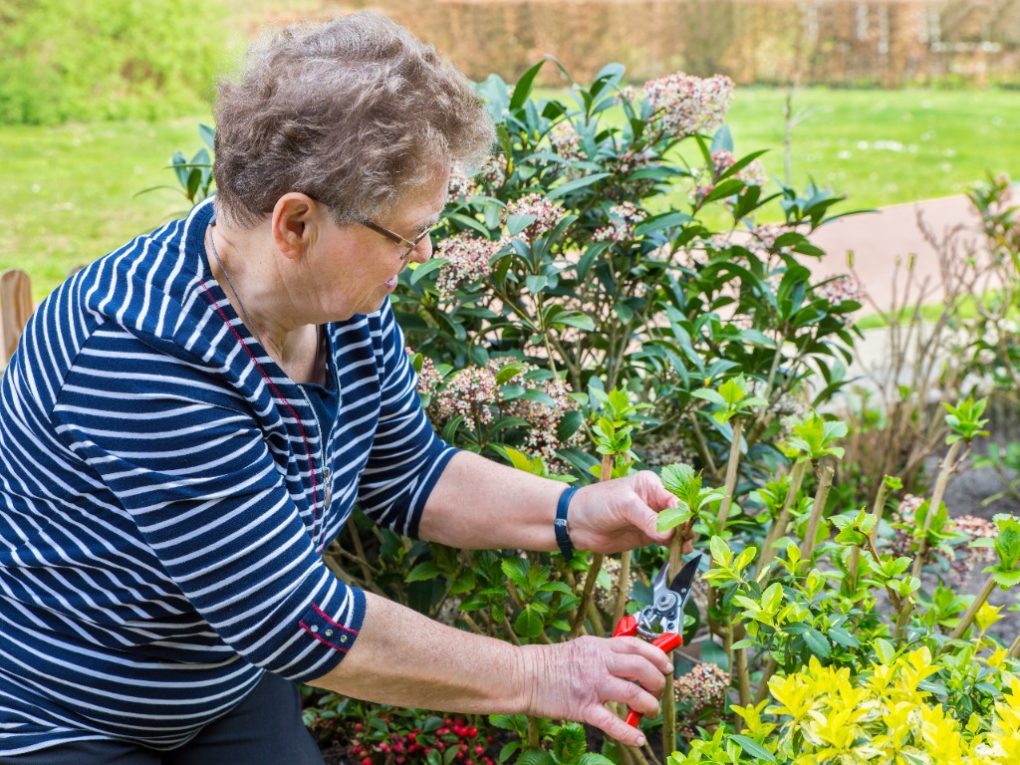Why Hydrangea Not Blooming: Possible Reasons and Solutions
Hydrangeas may not bloom for various reasons, often from environmental or cultivation factors.
A common reason hydrangeas fail to bloom is improper pruning. When plants are pruned too late or severely, the new growth may need more time to mature before the flowering season, leading to fewer or no blooms. Additionally, insufficient sunlight, inadequate nutrition, or improper soil conditions (e.g. poor drainage or incorrect pH levels) can impact flower production. Therefore, ensuring proper care, including timely pruning, sufficient sunlight, appropriate nutrients, and suitable soil conditions, can increase the chances of a hydrangea flowering successfully.

Table of Contents
Environmental Factors
Hydrangeas are sensitive plants that require specific environmental conditions to bloom. If your hydrangea is not blooming, it could be due to environmental factors such as light, watering, and soil quality.
Light
Hydrangeas require a specific amount of light to bloom. They may only bloom if they are getting enough light. On the other hand, the flowers may wilt or burn if they get too much direct sunlight. Therefore, finding the right balance of light for your hydrangea is important.
Observing the plant throughout the day is one way to determine if your hydrangea is getting enough light. If it is in a location where it receives morning sun and afternoon shade, it is likely getting the right amount of light. If it is in a location with full sun or shade all day, it may not bloom.
Watering
Hydrangeas require consistent watering to bloom. The flowers may not form properly if they are not getting enough water. On the other hand, if they are getting too much water, the roots may become waterlogged and the plant may not bloom.
It is important to water your hydrangea deeply and consistently. This means watering the plant until the soil is moist but not waterlogged. If the soil feels dry, it is time to water your hydrangea.

Soil Quality
Hydrangeas require a specific type of soil to bloom. They prefer soil rich in organic matter with a pH level between 5.0 and 6.0. If the soil is too acidic or too alkaline, the plant may not bloom.
One way to improve the soil quality for your hydrangea is to add organic matter such as compost or leaf mold. You can also adjust the soil’s pH level by adding lime to make it more alkaline or sulfur to make it more acidic.
| Soil pH | Hydrangea Flower Color |
| Less than 5.5 | Blue |
| 5.5 to 6.0 | Purple or Blue |
| 6.0 to 6.5 | Light Pink or Dark Pink |
| Greater than 6.5 | Red or Pink |
Pruning and Maintenance
Proper pruning and maintenance are essential for hydrangeas to bloom. Here are tips for ensuring that your hydrangeas receive the care they need:
Timing
Pruning hydrangeas at the right time is crucial. The wrong time of pruning can result in a lack of blooms. Here are some guidelines:
- Prune immediately after flowering for hydrangeas that bloom on old wood (such as mophead and lacecap). This will give the plant enough time to produce new growth and set buds for the following year.
- Prune in late winter or early spring before new growth begins for hydrangeas that bloom on new wood (such as panicle and smooth).
Technique
The technique you use when pruning hydrangeas can also impact their blooming. Here are some tips:
- When pruning, always use clean, sharp tools to prevent damage to the plant.
- Remove any dead or damaged wood and any weak or crossing branches.
- For hydrangeas that bloom on old wood, avoid cutting back more than one-third of the plant’s growth in a single season. This can reduce the number of blooms the following year.
- You can be more aggressive with pruning for hydrangeas that bloom on new wood, cutting back the plant to the desired shape and size.
By following these pruning and maintenance tips, you can help ensure that your hydrangeas bloom beautifully year after year.

Pest and Disease Control
Hydrangeas are susceptible to various pests and diseases that can prevent them from blooming. Here are some common pests and diseases that you should be aware of:
Common Pests
Hydrangeas can be attacked by various pests, including:
- Aphids: These small, soft-bodied insects can suck the sap from the leaves and stems of hydrangeas, causing them to wilt and turn yellow.
- Spider Mites: These tiny, eight-legged creatures can spin webs on the leaves and stems of hydrangeas, causing them to turn yellow and fall off.
- Scale Insects: These small, hard-shelled insects can attach themselves to the stems and leaves of hydrangeas, causing them to turn yellow and wilt.
Common Diseases
Hydrangeas can also be affected by various diseases, including:
- Powdery Mildew: This fungal disease causes white, powdery coatings on hydrangea leaves, which eventually turn yellow and fall off.
- Leaf Spot: This fungal disease can cause brown or black spots to form on the leaves of hydrangeas, which can eventually cause them to fall off.
- Root Rot: This fungal disease can cause the roots of hydrangeas to rot, preventing them from absorbing water and nutrients from the soil.
To keep your hydrangeas free from pests and diseases, it’s important to maintain their overall health and ensure they receive enough water. If necessary, you can use insecticidal soap or neem oil to control pests, and fungicides to manage any diseases. Keep an eye out for any signs of problems, and take action immediately to prevent them from spreading.
Varietal Differences
There are many different varieties of hydrangeas, each with its unique requirements for blooming. Here are a few examples:
| Variety | Blooming Requirements |
| Bigleaf Hydrangea | Needs partial shade and consistent moisture |
| Panicle Hydrangea | Can tolerate full sun and prefers well-drained soil |
| Smooth Hydrangea | Needs partial shade and moist soil |
It’s important to research the specific variety of hydrangea you have and ensure you provide the right conditions for it to bloom.
Additionally, some varieties of hydrangeas bloom on old wood, meaning the buds for next year’s flowers are formed on the previous year’s growth. Other varieties bloom on new wood, meaning the buds are formed on the current year’s growth. This can affect when and how you prune your hydrangea.
- Bigleaf Hydrangeas: bloom on old wood, prune after flowering
- Panicle Hydrangeas: bloom on new wood, prune in late winter or early spring
- Smooth Hydrangeas: bloom on new and old wood, prune in late winter or early spring
Understanding your hydrangea’s blooming requirements and pruning needs can go a long way in ensuring it blooms to its fullest potential.
Conclusion
Hydrangeas are beautiful and popular plants, but they can be finicky when it comes to blooming. If your hydrangea is not blooming, it could be due to various factors, such as improper pruning, inadequate sunlight, or harsh weather conditions.
It is important to identify why your hydrangea is not blooming to take the appropriate steps to remedy the situation. This may involve adjusting the plant’s location, pruning it at the right time, or providing the right amount of water and nutrients.
